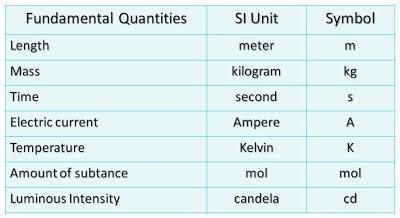SCIENTIFIC NOTATION
A simple but scientific way to write large or small numbers is to express them in some power of ten
- The Moon is 384000000 metres away from the Earth Distance of the moon from the Earth can also be expressed as 3.84 x10 m.
- This form of expressing a number is called the standard form or scientific notation. This saves writing down or interpreting large numbers of zeros. Thus In scientific notation a number is expressed as some poOwer of ten multiplied by a number between 1 and 10.
- Scientific notation is useful because it allows us to easily write and make calculations with extremely small and extremely large numbers
- For example, a number 62750 can be
expressed as 62.75x10^2 or 6.275x10^ 3 or 0.6275x10°.
- All these are correct. But the number that has one non-zero digit before the decimal i.e. 6.275x10 preferably be taken as the standard form. Similarly ten standard form of 0.00045 s is 4.5x10 s.







